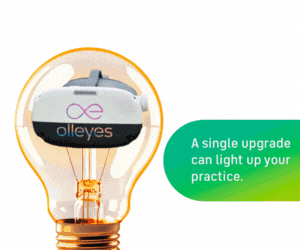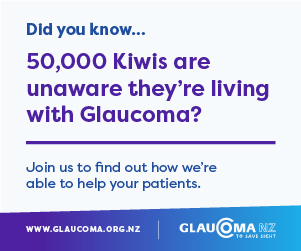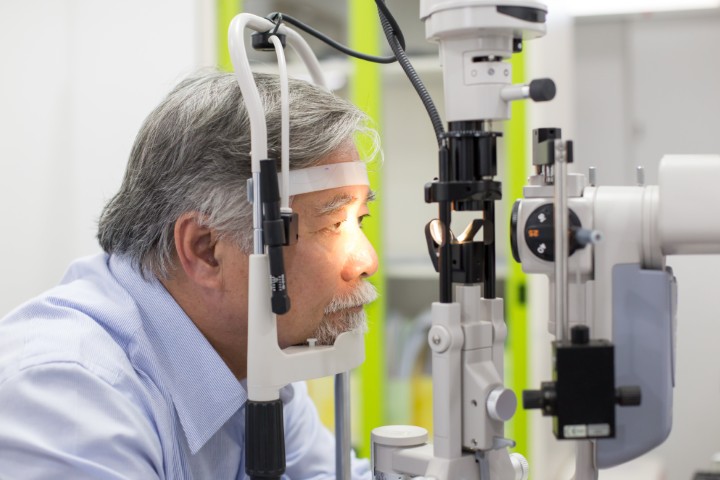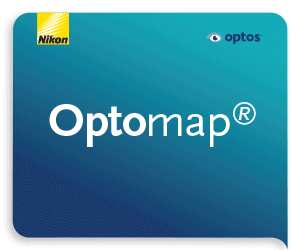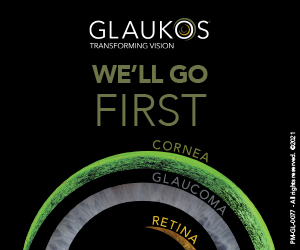Visual tests & AI to diagnose mild TBI
The diagnosis of mild traumatic brain injury (TBI) could be enhanced by using a combination of visual assessments and machine-learning approaches, according to US researchers.
Writing in Jama Ophthalmology, researchers from Vanderbilt University Medical Center, Tennessee, noted individuals with mild TBI often reported vision problems despite having normal visual acuity and fundus examinations. Their study included 28 participants with mild TBI, plus 28 controls. Deficits in ocular motor function and/or the primary visual pathway were identified in 78% of participants with mild TBI, said researchers. Specifically, these patients showed reduced prism convergence test breakpoint and recovery point, decreased contrast sensitivity and increased visual evoked potential binocular summation index, they said. “A subset of participants exhibited reduced peripapillary retinal nerve fibre layer thickness, increased optic nerve/sheath size and brain cortical volumes.”
Machine learning identified deficits in the posterior visual pathway – including the optic radiations and occipital lobe regions – in 70% of participants with mild TBI and findings were present regardless of self-reported visual dysfunction, they said.
The authors cautioned that the study’s small sample size may limit generalisability and its observational design cannot establish causality between mild TBI and visual dysfunction; neither did it control for other factors like time since injury (other than chronic stage) or comorbidities. “Additionally, variations in the number of mild TBIs that each participant experienced were not controlled, possibly affecting the result,” they said.





